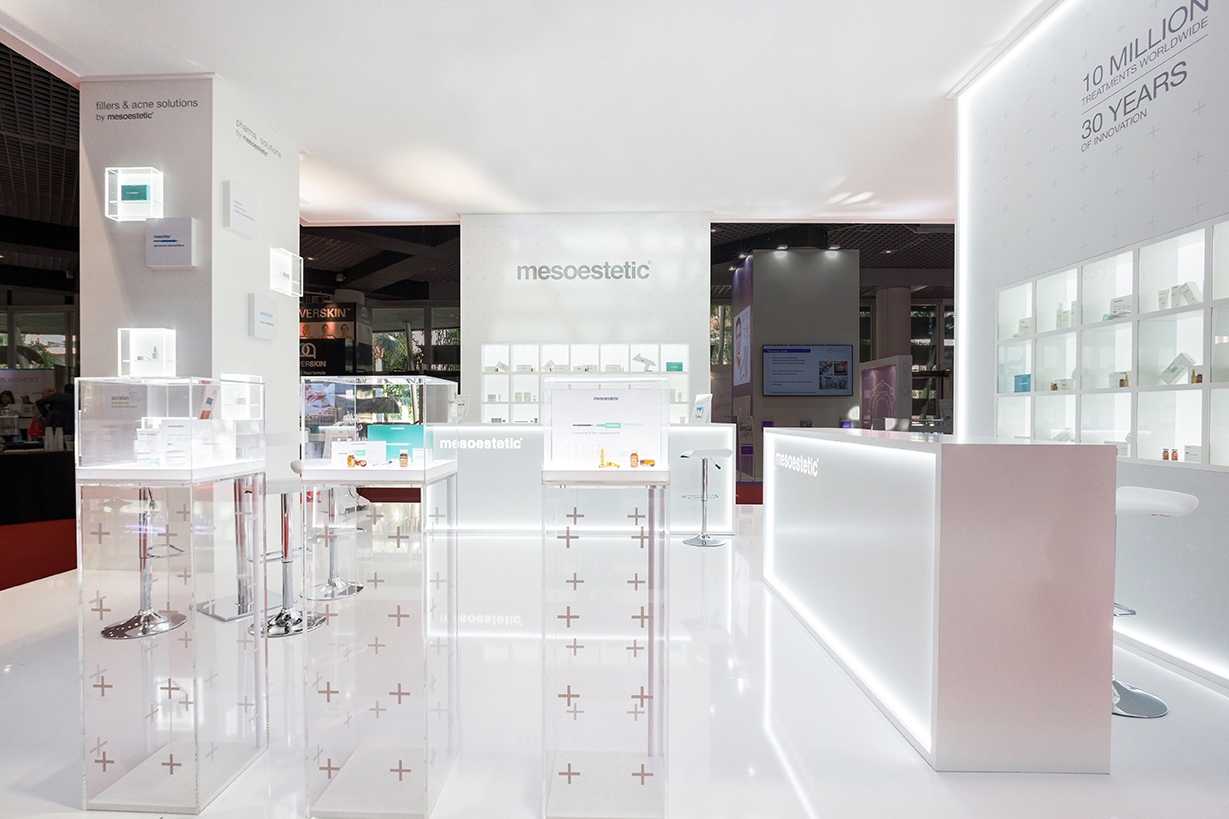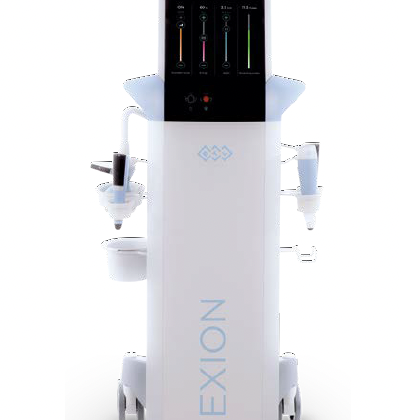By Doctor Laurent Benadiba
One procedure with two benefits: adding volume to the breasts and slimming the figure.

Lipofilling is an old technique that was first taught by one of France’s pioneering aesthetic doctors, Doctor Fournier, back in the 1980s. The aim is to remove fat from one area of the body and inject it back into another. Originally used to rejuvenate the face and hands, the procedure has now been developed to include indications elsewhere in the body. It is one of the most commonly-practised aesthetic medicine procedures in the world, given the frequency of liposuction.
A few years ago, the lipofilling technique was only used for post-cancer breast reconstruction. Now, fat injections can be performed for purely aesthetic purposes. Fat transfer into the breast is an approved and highly effective technique.
The results of breast lipofilling are always very natural-looking, because the breasts are made up of fat and glands. The visual appearance and feeling of the breasts give this procedure excellent aesthetic results.
Furthermore, the figure is also corrected by liposuction in the areas where the fat is harvested (hips, abdomen, saddlebags, knees). The patient gets double the results!
The lipofilling technique:
The theory behind lipofilling is very interesting. It involves removing fatty tissue through liposuction, from wherever there is excess fat. Then, after it has been decanted and cleaned, or put through a centrifuge, this fat is injected into areas such as the breasts or bottom.
The procedure does not take long, on average an hour to an hour and a half, and is most often performed under general anaesthetic, because local anaesthetic is toxic for fat and the procedure is not very comfortable for the patient. The procedure is less onerous than an operation to fit breast implants. It is often carried out in outpatient surgery, and the patient can sometimes be back at work after 24 or 48 hours.
The procedure begins with liposuction on the areas with excess fat: saddlebags, hips, abdomen, knees, etc. The fat is collected in a special, sterile container, and is often washed and left to rest for a few minutes to get rid of the water and blood that is mixed in during the liposuction process.
The second part of surgery involves reinjecting the fat by simply puncturing the breast; this way, the scar is as small as possible, around 4mm, and is hidden in the fold under the breast. Injection must be symmetrical and regular so as to make the breast look shapely and even. Bandages are applied for 24 hours. The procedure is not very painful, but there may be some bruising, especially where the liposuction was performed.
Advantages of lipofilling:
Lipofilling enables us to carry out two procedures in the same operation.
Liposuction allows us to remove any excess localised fat, often ridding the patient of unwanted fat stores such as saddlebags, love handles or a belly.
Fat is an autologous product, meaning that lipofilling is a natural (organic) intervention that does not involve any foreign bodies, and is therefore suitable for patients who do not want breast implants.
Breast lipofilling can also be coupled with breast implants, enabling us to achieve more natural results in patients who are particularly thin, by covering the implant with a layer of fatty tissue.
Another advantage of this technique is that we are able to gradually achieve a larger cup size by reinjecting fat into the breasts.
Disadvantages of lipofilling:
The fat transferred into the breasts or buttocks always tends to melt away – though, thankfully, only partially. In most cases, between 20 and 40% of the injected fat is lost. In exceptional cases, all of the fat may melt away.
However, the fat changes with the patient: this means that if the patient gains weight, the volume may increase, and if the patient loses weight, the volumes might decrease.
Furthermore, it is not possible to inject a large quantity of fat at one time, because fat is a fragile tissue. There is always a risk of necrosis (destruction), which makes the fat melt away. As such, it is better to increase the cup size gradually, over several procedures. This is an important thing to explain to patients during their first appointment.
But, in two or three operations, it is possible to achieve significant results, if sufficient excess fat is available.
Results:
The results are visible instantly, and patients often recover very quickly, going back to their daily life after around four hours. The final results are visible within 3 to 6 months after the procedure, once the fat has settled.
Complications
There are very few complications in lipofilling, unlike breast implants, for example.
There is a small risk that the patient will develop fatty nodules. These nodules cannot be seen (except on an x-ray) and are not painful, but can be felt when touched. The major risk is fat calcification, which is different to suspected cancer calcification. It is therefore vital that an x-ray examination is carried out before each operation and that any suspect lesions in the breast are ruled out.
Today, breast lipofilling is a recognised procedure, and is even accepted by the CPAM (French primary health insurance) for post-cancer breast reconstruction. Its use for aesthetic purposes is becoming more and more common, as it enables us to slim the figure and enlarge or reshape the breasts at the same time, giving a very natural appearance and feel.
 Doctor Laurent Benadiba
Doctor Laurent Benadiba
Plastic surgeon Doctor Benadiba has always strived to make his patients’ figures look slimmer and better proportioned. Lipofilling enables us to achieve a shapelier body by correcting saddlebags and small breasts, for example.














